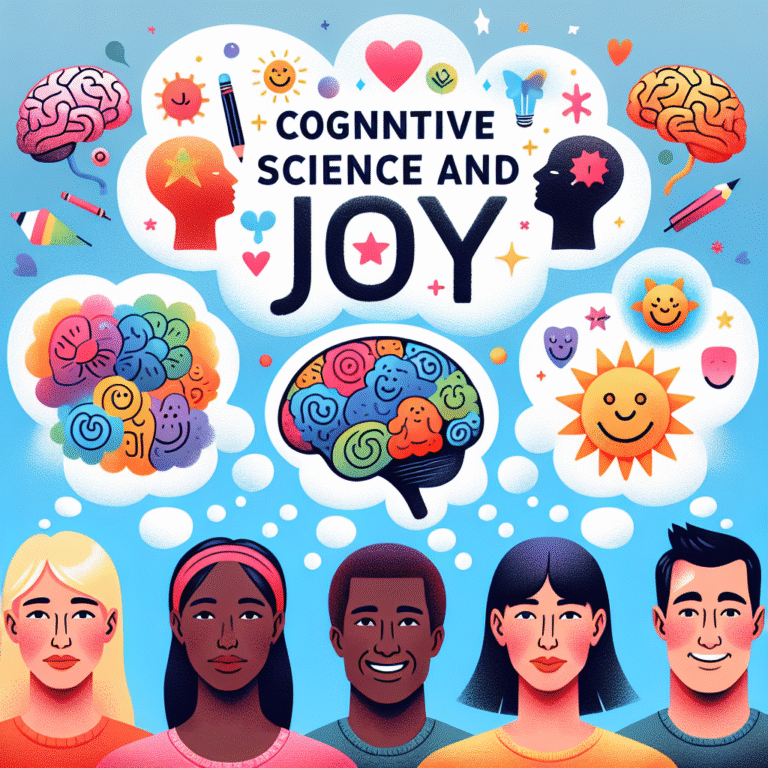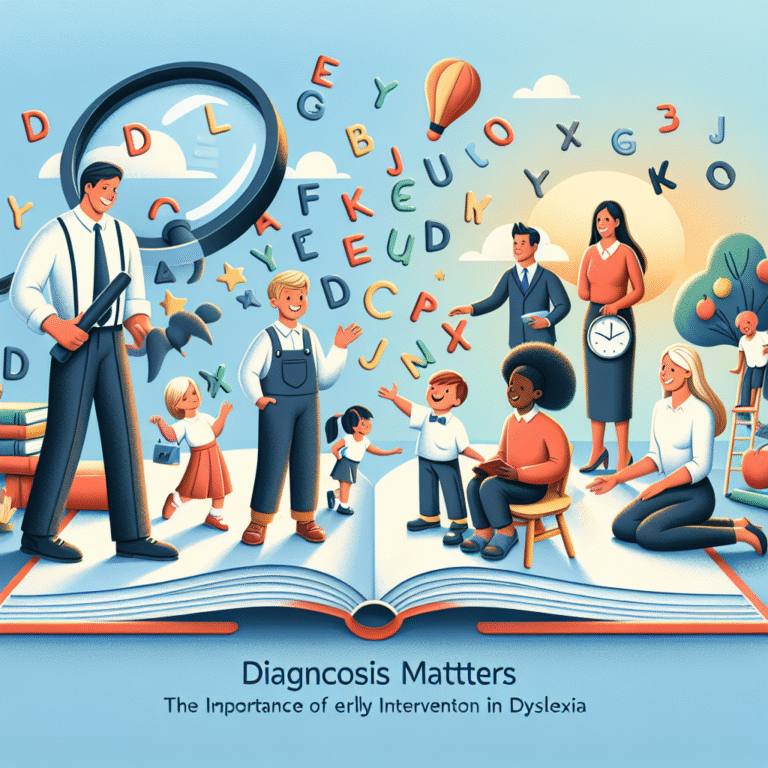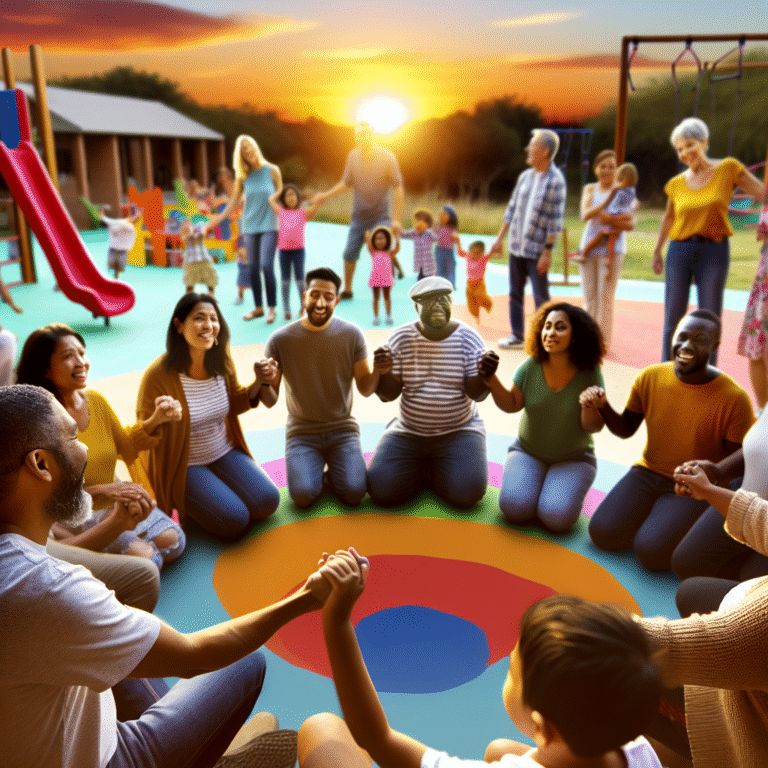
Mindfulness and Loneliness: Essential Techniques to Stay Present and Connected
Introduction
In a world where constant connectivity paradoxically breeds isolation, loneliness has become an epidemic for many. While technology has made it easier to communicate, it often leaves us feeling more disconnected than ever. According to a recent survey, nearly one in three adults reports feeling lonely. What if there was a way to combat this pervasive feeling through simply being more present? Mindfulness and Loneliness: Techniques to Stay Present and Connected offers a pathway to deeper connections, both with ourselves and those around us. Mindfulness, a practice rooted in ancient traditions, encourages us to focus on the present moment, fostering awareness and belonging. This article explores how mindfulness can help alleviate loneliness and provide effective techniques to create deeper connections.
Understanding Mindfulness
Mindfulness is the practice of being fully present in the moment, aware of our thoughts and feelings without judgment. It emphasizes the importance of acceptance and non-reactivity, allowing us to experience life in its most authentic form. But how does this relate to loneliness?
The Science Behind Mindfulness
Numerous studies illustrate the benefits of mindfulness, particularly its capacity to reduce feelings of isolation. Research conducted by Stanford University indicates that regular mindfulness meditation significantly decreases symptoms of anxiety and depression, both of which are linked to loneliness. As we learn to direct our attention away from negative thoughts and external distractions, we create mental space for genuine connections.
Case Study: Sarah’s Transformation
Sarah, a 28-year-old graphic designer, struggled with profound loneliness despite having many social media followers. After attending a mindfulness retreat, she learned to practice being present. Instead of scrolling through her phone mindlessly, she began engaging in face-to-face conversations. Sarah’s newfound ability to listen deeply transformed her relationships, making her feel more connected than ever. This case exemplifies how mindfulness can directly impact loneliness by shifting our focus inward and nurturing meaningful connections.
Techniques to Stay Present and Connected
1. Mindful Breathing
Breathing is a constant presence in our lives; however, we often take it for granted. Practicing mindful breathing is an excellent technique to ground yourself.
Steps:
- Find a comfortable position and close your eyes.
- Inhale deeply through your nose, counting to four.
- Hold for a moment and exhale slowly through your mouth, counting to six.
- Repeat for a few minutes, focusing solely on your breath.
This technique cultivates a sense of calm, enabling you to approach social interactions with clarity, rather than anxiety.
2. Active Listening
Mindfulness extends beyond self-reflection; it encompasses how we engage with others. Active listening is a crucial skill for fostering intimacy and connection.
Tips:
- Maintain eye contact.
- Avoid interrupting; allow the speaker to complete their thoughts.
- Reflect back what you hear, affirming their feelings and thoughts.
When we practice active listening, we create an environment of trust and understanding which is essential for combatting loneliness.
3. Gratitude Journaling
Focusing on what we appreciate has a profound effect on our mindset. Keeping a gratitude journal is a powerful technique that encourages mindfulness by redirecting our attention to positive aspects of our lives.
Steps:
- Each evening, write down three things you’re grateful for.
- Be specific; instead of writing "my friends," note "the chat with Sophie that made me laugh."
This practice not only promotes positivity but helps you to recognize connections that cultivate belonging.
4. Nature Walks
Nature inherently promotes mindfulness. Engaging with the natural world has been shown to significantly reduce feelings of loneliness and enhance overall well-being.
Recommendation:
- Find a local park or nature preserve.
- During your walk, concentrate on the sights, sounds, and smells, fully immersing yourself in the experience.
Case Study: Mark’s Weekly Retreat
Mark, a 50-year-old who felt increasingly isolated in his urban life, began incorporating weekly nature walks into his routine. He discovered that being present amidst the trees and sounds of birds not only uplifted his mood but also allowed him to feel connected to something larger than himself.
Building Community Mindfully
Engaging in community can reduce feelings of isolation. Mindfulness can help deepen your involvement and connections within your community.
1. Mindful Volunteering
Volunteering not only nourishes your spirit but also enhances community ties. Being fully present while helping others fosters a profound sense of connection.
Tips:
- Choose a cause you are passionate about.
- Approach each interaction with mindfulness, focusing on the feelings and stories of those you help.
This deeper level of engagement can turn strangers into friends, reducing feelings of loneliness over time.
2. Group Mindfulness Sessions
Joining a group for mindfulness practice can simultaneously address your loneliness and enhance your connections.
Recommendations:
- Look for local mindfulness or meditation groups.
- Participate in community yoga classes or other mindful activities.
The shared experience fosters a sense of belonging and connectedness, making it a unique antidote to loneliness.
3. Digital Mindfulness Practices
In a tech-savvy world, technology can be harnessed for improvements in mental health. Mindfulness apps like Headspace or Calm offer guided meditations and community forums, helping users connect with others sharing similar journeys.
Recommendations:
- Spend ten minutes each day using a mindfulness app.
- Engage in community discussions within these platforms.
While it may seem counterintuitive, leveraging technology mindfully can enhance feelings of connection.
Tables: Summary of Techniques
| Technique | Description | Benefits |
|---|---|---|
| Mindful Breathing | Focusing on breathing patterns | Reduces anxiety, calms mind |
| Active Listening | Engaging fully in conversations | Builds trust and intimacy |
| Gratitude Journaling | Writing daily appreciation notes | Increases positivity and connection |
| Nature Walks | Mindfully engaging with the natural environment | Enhances well-being and reduces isolation |
| Mindful Volunteering | Helping others mindfully | Strengthens community ties |
| Group Mindfulness Sessions | Practicing mindfulness with others | Fosters a sense of belonging |
| Digital Mindfulness Practices | Utilizing apps for guided meditations and community | Encourages connections online |
Conclusion
As we navigate through an increasingly lonely world, the essence of connection persists in our ability to be present. Mindfulness and Loneliness: Techniques to Stay Present and Connected illuminates the path toward alleviating feelings of isolation by fostering a deeper connection with ourselves and others. Through mindful practices like breathing, active listening, and community engagement, we can build a brighter, more connected life.
Now it’s your turn! Embrace these techniques and consciously prioritize a life filled with connection and presence. Remember that the journey toward mindfulness is a continuous process, but one that brings invaluable rewards—authenticity, connection, and peace.
FAQs
1. What is mindfulness?
Mindfulness is the state of being present in the moment, leading to greater awareness of thoughts and feelings without judgment.
2. How does mindfulness help with loneliness?
Mindfulness helps calm negative thoughts, creates mental space for meaningful connections, and increases feelings of social awareness, reducing loneliness.
3. What are some quick mindfulness techniques I can apply daily?
Some techniques include mindful breathing, gratitude journaling, and practicing active listening during conversations.
4. Can technology be used for mindfulness?
Yes! Mindfulness apps offer guided meditations and connect users with communities dedicated to mindfulness practices, making it easier to foster connections.
5. How can I start a mindfulness practice?
Begin with just five minutes of mindful breathing each day, gradually increasing your practice as you become more comfortable with the techniques.
By incorporating these insights and techniques, you’ll not only combat loneliness but also enrich your relationships and deepen your presence in the world around you. The path to connection starts within; let’s walk it together.
















